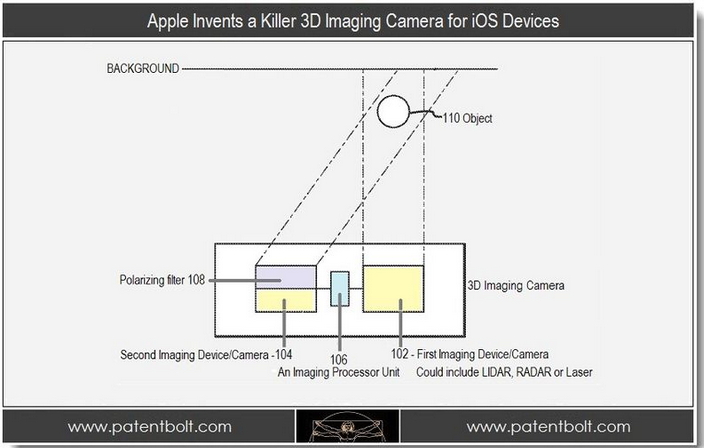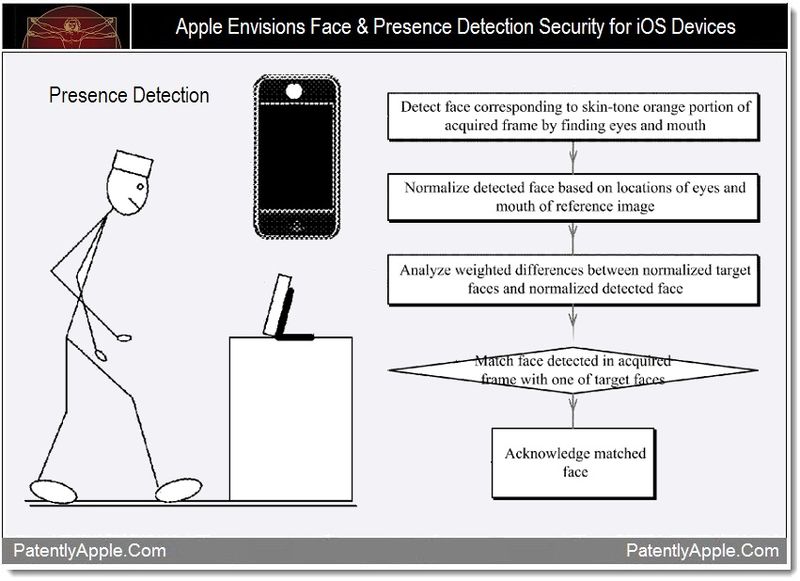Nuance launches ‘Voice Ads’ platform to bring a Siri-like experience to mobile advertising

http://www.youtube.com/watch?v=kusQK7PCXTM
If Nuance gets its way with the just announced ‘Voice Ads’ mobile advertising platform, soon every mobile ad could include Siri-like functionality that lets you communicate with and ask questions about the product being advertised.
Nuance, the company behind the voice recognition module now used in Apple’s Siri, today announced a new project to bring its voice recognition technology to the mobile advertising world. The basic concept of the new platform, which Nuance made available through an SDK for advertising companies, is to bring a two-way, interactive conversation to mobile ads. As highlighted by Nuance in the video above, ads that implement the Voice Ads platform will allow users to engage in a Siri-like conversation with an advertisement:
Nuance Voice Ads gives mobile advertisers and creative agencies an opportunity to go beyond the limitations of the four-inch mobile device screen and create a conversation with consumers through the power of voice recognition. Voice Ads finally creates an opportunity for brands to deepen the relationship with their consumers, with targeted interactive ads that deeply engage their core audience – much in the way that the world’s most popular mobile personal assistants have deepened consumers’ relationship with their mobile phones.
In the demo above, Nuance shows an advertisement for a fictional deodorant brand that uses a magic 8-ball theme to answer any question that users might have. The ad of course ends in a pitch for the product in question, as you might expect. Other ads could allow users to ask specific questions about a product’s release date or specs…
Expand
Expanding
Close



